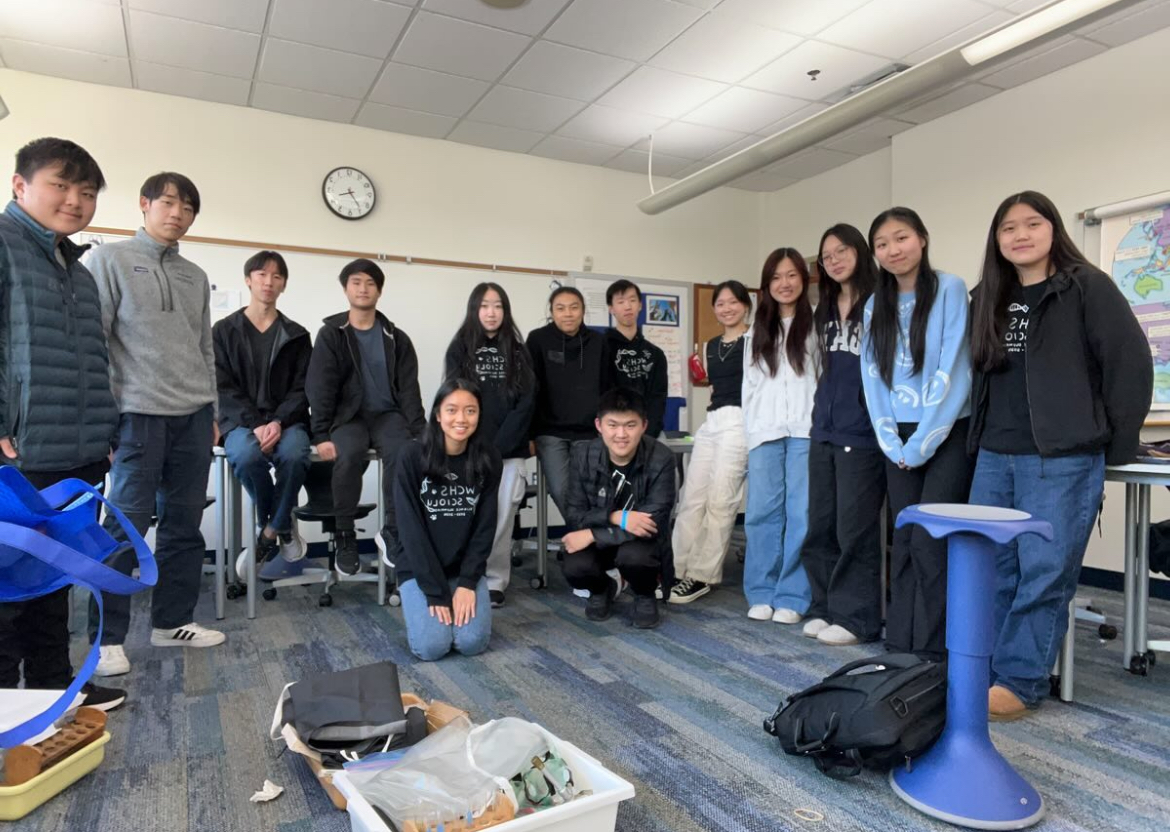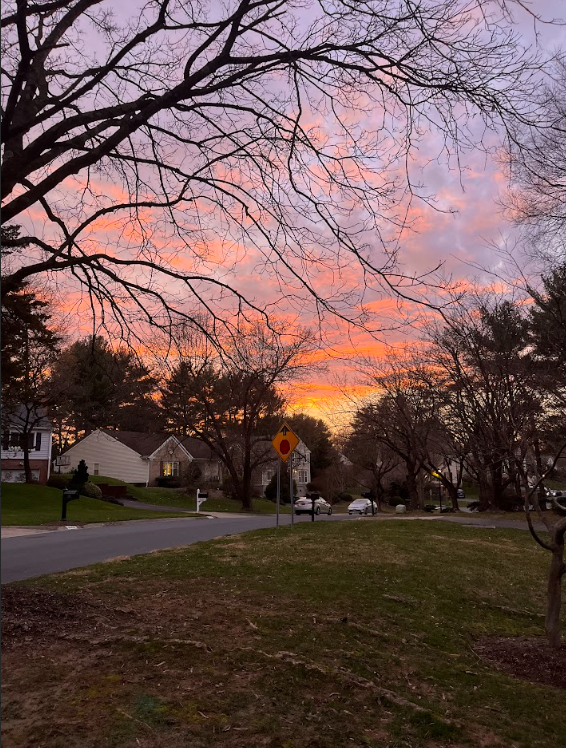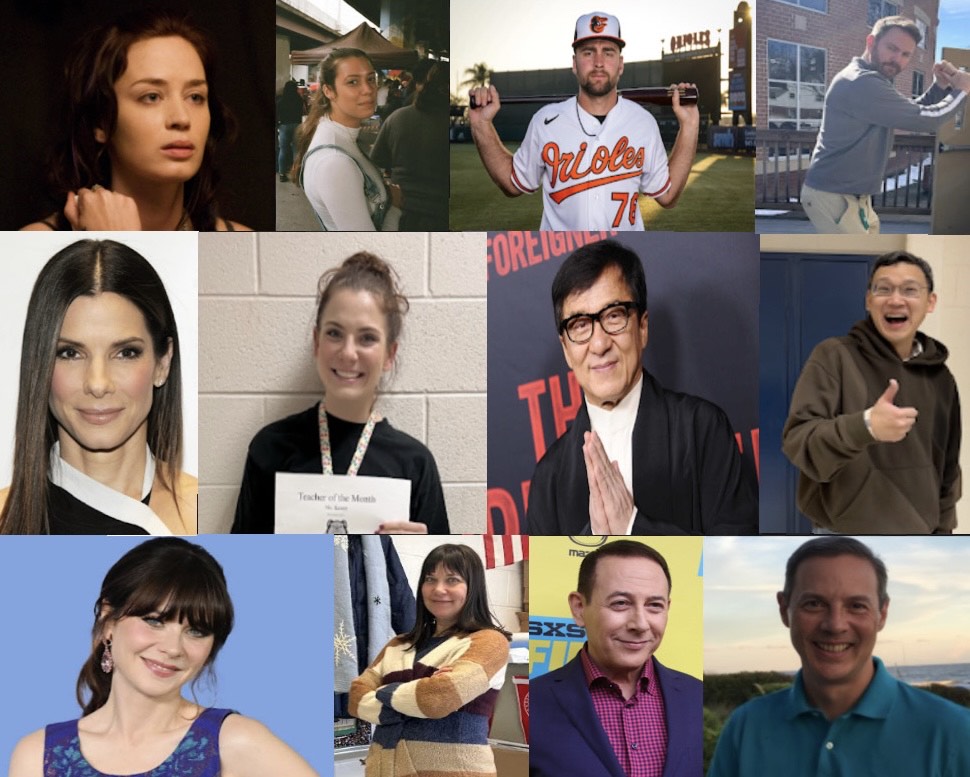stes like raspberries, the smell of vanilla is soft like leather and the alphabet is its own unique rainbow.
People living with synesthesia, a perceptual condition that involuntarily takes the stimulus from one sense modality and elicits a sensational experience in another, mix different senses perceptually such as sight and sound, smell and touch, taste and temperature or any number of different combinations of the senses. Synesthetes experience life in unusual ways, by tasting sound or smelling a color and so on.
“I see colors when I hear words, letters, sounds and numbers,” said junior Bridget Dubin, who has synesthesia. “Occasionally, I’ll branch out to even more things such as smell. The smell of potatoes cooking, for example, is light green to me.”
Dubin has the most common type of the condition called grapheme-color synesthesia. Although every affected individual experiences a specific color for every letter, each pairing of the letter and color is strictly unique to synesthetes, giving them their own alphabet rainbow.
According to a 2003 Scientific American article, synesthesia was discussed among scientists as early as 1880 when Francis Galton, a cousin of Charles Darwin, wrote about its effects. In the past century, tests involving brain scanning technology have proved the phenomenon to exist, specifying differences in the brain of a synesthete to the brain of a non-synesthe. The condition relates to a cross activation between the brain’s regions that determine different senses. When a synesthete with grapheme-color synesthesia sees or hears the letter ‘A,’ he may see the color red, meaning the region of the brain that interprets sight is linked to the region that understands color.
Although synesthesia is classified as a neurological condition, many synesthetes are unaware that they are even different from the average population. Dubin found out she had synesthesia in 2010 when no other student could relate to the eccentric vision she was having.
“I really thought it was something that happened to everybody,” Dubin said.
People can take multiple tests to find out if they may have synesthesia. One includes writing out the colors associated with numbers and letters, then rewriting the same list several weeks later and comparing results, but this would only be suitable for grapheme-color synesthesia.
It’s challenging for many non-synesthetes to imagine such a different way of experiencing life.
“I feel like having synesthesia would be difficult to live with,” senior Aswini Cherukuri said. “To confuse your senses and not be able to differentiate between them must be frustrating.”
However, Dubin does not mind.
When listening to music, Dubin’s vision is painted with colors; the song “Sleepyhead”by Passion Pit evokes images of swirling pink ribbons.
“The thought of not having synesthesia is mind boggling,” Dubin said.







